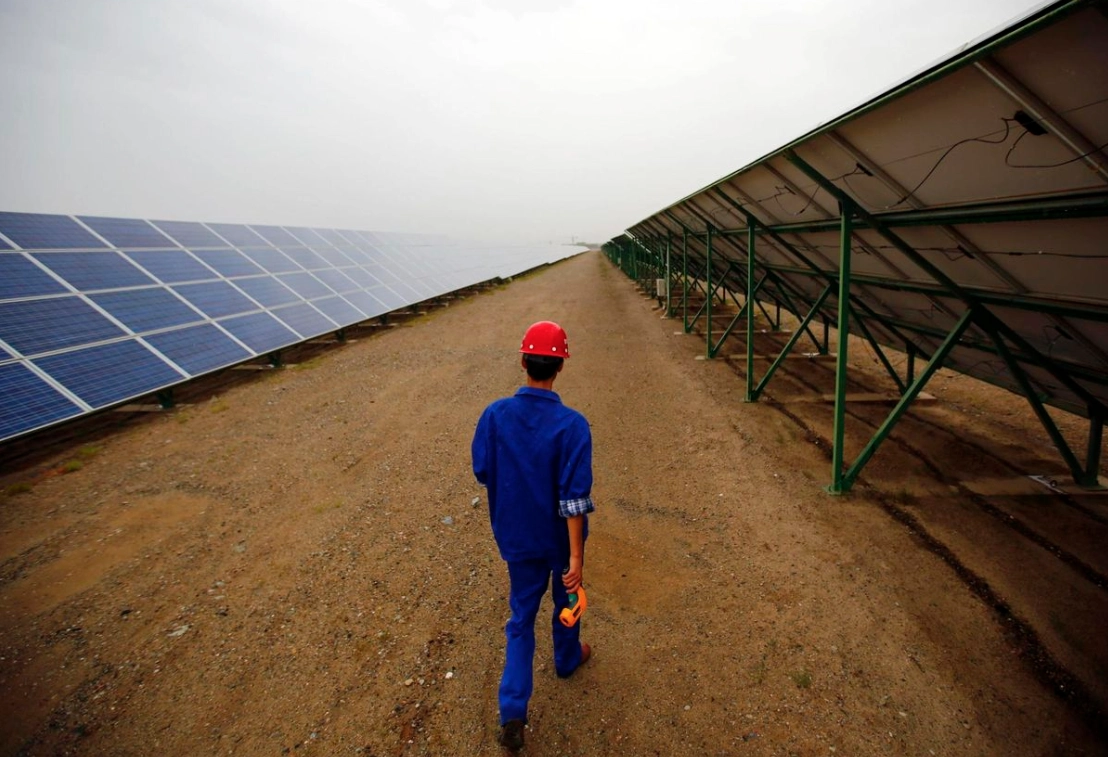A decade ago, since the Belt and Road Initiative was first proposed in 2013, China has emphasized clean energy development as a key objective of its energy diplomacy and financial focus, and has made the promotion of clean energy-focused enterprises a priority. In line with this strategy, developing countries are becoming the main destinations for Chinese investments. Meanwhile, Latin America and the Caribbean (LAC) are attracting global attention for their great potential in promoting renewable energies. In fact, since 2014, foreign direct investment (FDI) in renewable energy in LAC has consistently surpassed the level of investment in oil, coal, and natural gas, both in volume and number of projects, as the green energy transition progresses.
In addition to China, according to UNEP, three of the top five countries that invested the most in sustainable energy between 2009 and 2018 are in LAC, namely Brazil, Mexico, and Chile. It can be recognized that clean energy cooperation between the two regions is expected not only to enhance the ability to jointly combat climate change but also to accelerate the energy transition process, thus ensuring the robustness of the national energy supply and achieving sustainable development.
The Chinese government’s emphasis on the importance of promoting international clean energy cooperation dates back to the Eleventh Five-Year Energy Development Plan, issued in 2007. Along with the Belt and Road Initiative in 2013, the Chinese government’s international sustainable energy cooperation strategy has been focused on fostering collaboration in clean and renewable energy, promoting dialogues and exchanges on energy conservation and environmental preservation, providing training in the field of climate change, and strengthening capacity building and technical support to developing nations in the field of green energy.
Currently, twenty-four of the thirty-three LAC countries have established diplomatic relations with China, twelve countries have established a “strategic partnership” or “comprehensive strategic partnership” with China, and twenty-two countries have signed the Belt and Road Initiative or a Memorandum of Understanding (MOU) with the Chinese government.
Subsequently, the International Coalition for Green Development of the Belt and Road was formally established in 2019 with the aim of promoting the construction of green development internationally, with Cuba and Guatemala among the LAC countries as founding partners. To deepen cooperation among the partners of the Belt and Road Initiative in the field of green energy, China, Chile, and Colombia, along with twenty-six other countries, have launched the Belt and Road Green Development Partnership Initiative to boost the advancement and adoption of clean energy and foster international collaboration, a move that also simultaneously ensures developing countries access to affordable and economically sustainable energy.
Undoubtedly, such an ambitious multi-sectoral international cooperation strategy further consolidates China’s position as a world leader in green energy, and at the same time, the expansion of cooperation in emerging industries related to clean energy and the promotion of technology transfer among enterprises has become the current focus areas of the China-CELAC Joint Action Plan for Cooperation in Key Areas. To date, China has signed governmental cooperation documents or declarations in the field of renewable energy and nuclear energy with seven LAC countries, all of which are members of the Belt and Road Green Development Partnership Initiative, except Brazil.
However, the inherently politicized and potentially risky nature of China’s energy sector development, as evidenced by the current preeminence of state-owned enterprises (SOEs) in the energy sector in the sphere of international cooperation, has created an environment where China’s energy management system is permeated by government intervention in the energy market, opaque pricing, and ineffective energy rules and regulations. In this regard, the powerful financial and political influence of SOEs has created a pressing need to address the apprehensions experienced by governments and corporations in Latin America and the Caribbean in relation to large corporations in terms of trade safeguards and labor protection.
In parallel, the waning influence of the European Union (EU) in the LAC region, despite being the region’s third-largest trading partner after the United States and China, has also raised concerns. Faced with the urgent desire to foster economic recovery and achieve energy transition in the post-pandemic era, the EU has conceived a reshaping of its relations with LAC countries through the III EU-CELAC Summit. For its part, China’s cooperation in the region reinforces its dominance in the energy field and can exert competitive pressure on the European energy market. However, it is also undeniable that the current state of Sino-LAC collaboration in the field of clean energy motivates the EU to intensify its efforts in investment, research, cooperation, and development in this field, in order to maintain its competitiveness and achieve sustainable development goals.
The EU would be well-placed to draw valuable lessons and experiences from the collaborative paradigm between China and LAC. At the same time, it has the capacity to refine its approach to cooperation with the Latin American and Caribbean region, maintaining an active and sustained commitment to cooperation over time. However, in the face of the transformations shaping the global energy cooperation landscape, the EU is compelled to adopt a proactive stance to address the related effects and challenges. It is key that the EU observes a vision of Sino-LAC cooperation characterized by a more inclusive, comprehensive, and sustained multilateralism over time, and strives to assume a more prominent role in the achievement of the Sustainable Development Goals.
* This text was originally published on the REDCAEM website.
**Translated by Janaína Ruviaro da Silva from the original in Spanish.











